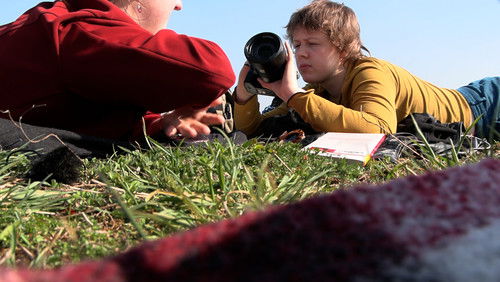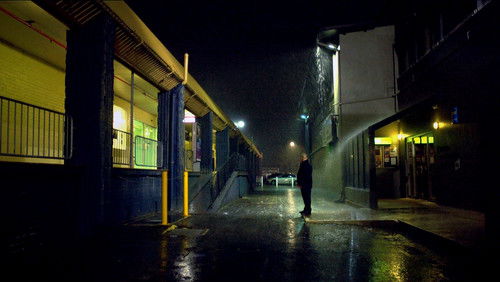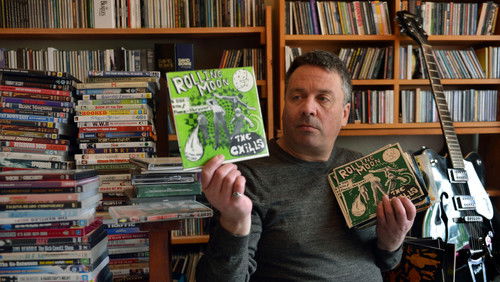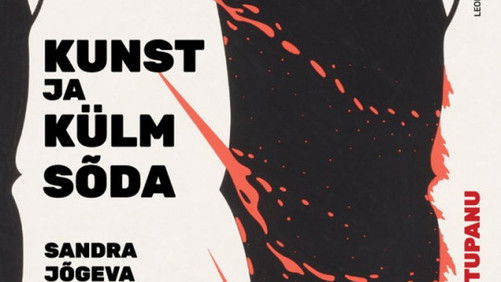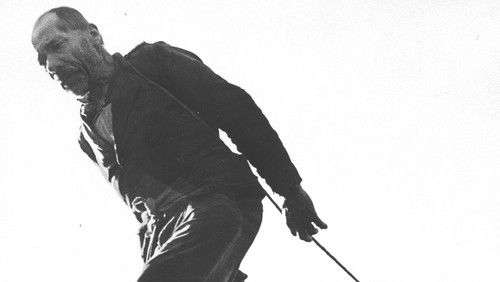Elizabethan Express (Short 1954)
37KElizabethan Express (Short 1954). 20m
“British Transport Films was an organisation set up in 1949 to make documentary films on the general subject of British transport, in the same way as the GPO Film Unit had been set up in the 1930s to make films about the work of the Post Office. u0026quot;Elizabethan Expressu0026quot; is one of their productions, dating from 1954, made to advertise u0026quot;The Elizabethanu0026quot;, a recently introduced non-stop British Railways service between London Kingu0026#39;s Cross and Edinburgh Waverley along the East Coast Main Line. The film depicts the train, pulled by u0026quot;Silver Foxu0026quot;, one of the iconic Gresley A4 class of locomotives, as it makes the London to Edinburgh journey.u003cbr/u003eu003cbr/u003eThere is an interesting comparison between this film and u0026quot;Blue Pullmanu0026quot;, another BTF film made for British Rail six years later and also publicising a new luxury express service, the u0026quot;Blue Pullmanu0026quot; service which ran between London and various provincial cities. (In the film Manchester). Both films depict first the preparations for a train journey, and then the journey itself with striking photography showing the train travelling through beautiful countryside. Both even feature a musical score written by the same composer, Clifton Parker. James Ritchie, the director of u0026quot;Blue Pullmanu0026quot;, had worked as a cameraman on the earlier film.u003cbr/u003eu003cbr/u003eAnd yet, despite the fact that the two films were made just six years apart, u0026quot;Blue Pullmanu0026quot; seems far more modern than u0026quot;Elizabethan Expressu0026quot;. Part of the reason is that the train in the later film is pulled by a diesel rather than a steam train. In 1954 people thought that Britainu0026#39;s railways would continue to be powered by steam for the foreseeable future; BR were introducing new steam locomotives designed to last until the end of the century. By 1960 BR had changed their minds and decided that the future lay with diesel and electric traction; their new locomotives were becoming obsolete almost as soon as they were built. The Blue Pullman service, pulled by diesel locomotives painted in a distinctive shade of blue, was introduced as part of this new era.u003cbr/u003eu003cbr/u003eAnother part of the reason is the way that the two documentaries were made. u0026quot;Blue Pullmanu0026quot; is in colour, whereas u0026quot;Elizabethan Expressu0026quot; had been in black-and-white. u0026quot;Blue Pullmanu0026quot; is made in the u0026quot;fly-on-the-wallu0026quot; style, dispensing with commentary altogether; the only dialogue we hear consists of conversations between the people we see. The makers of u0026quot;Elizabethan Expressu0026quot; were obviously trying to imitate the famous u0026quot;Night Mailu0026quot; from the thirties, another documentary film about a train journey from London to Scotland, by having a commentary in verse. Unfortunately the writer, one Paul le Saux, was no W H Auden, and his verse just comes out as doggerel, one of the less impressive features of this film.u003cbr/u003eu003cbr/u003eParkeru0026#39;s music for the later film sounds more dynamic and evocative of speed than does his lush romantic score for u0026quot;Elizabethan Expressu0026quot;. Whereas u0026quot;Blue Pullmanu0026quot; still has quite a modern feel to it even today, u0026quot;Elizabethan Expressu0026quot; can now be seen as a nostalgic record of the now departed golden age of steam on British Railways- and of a now departed style of film-making.”
